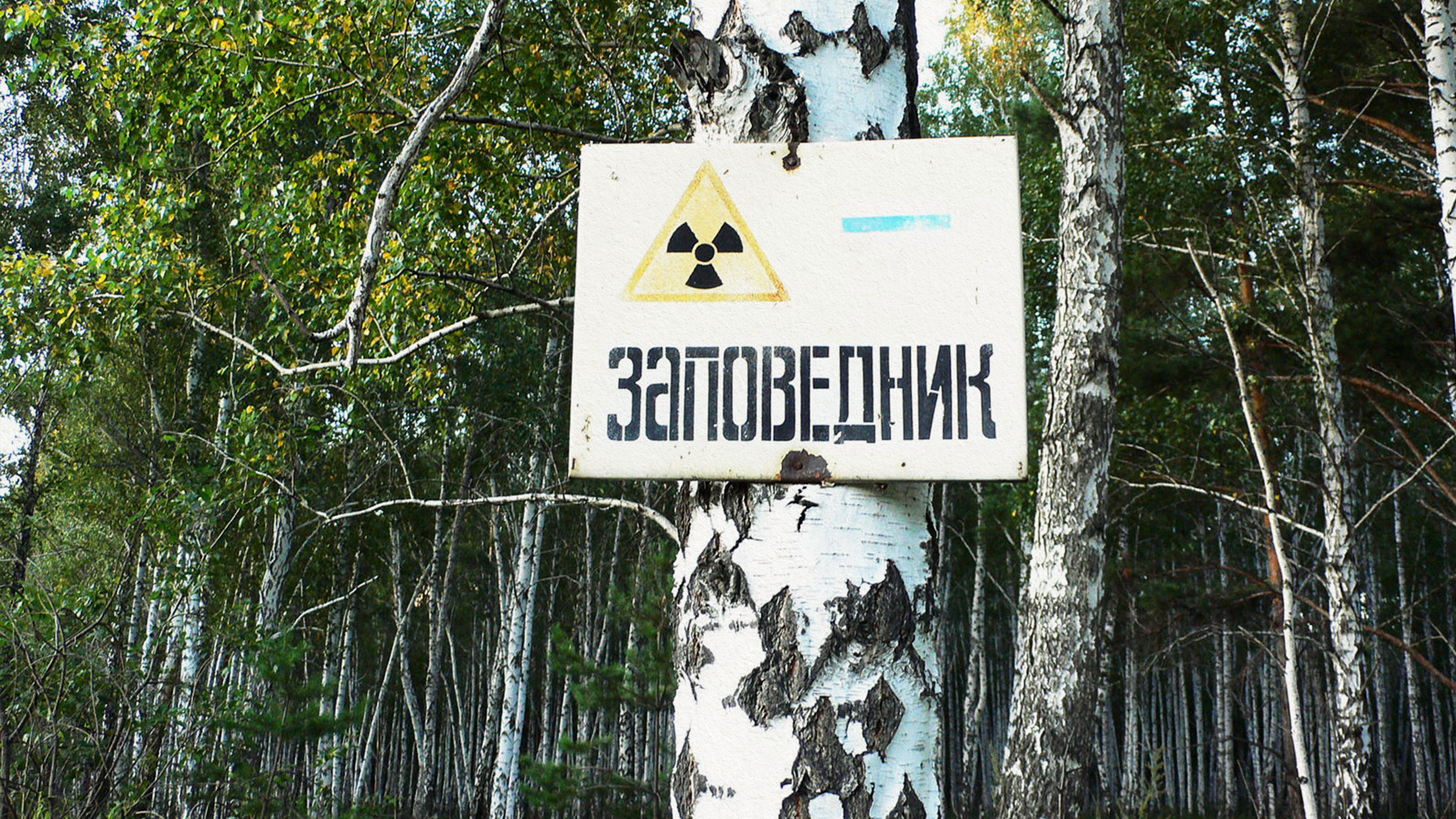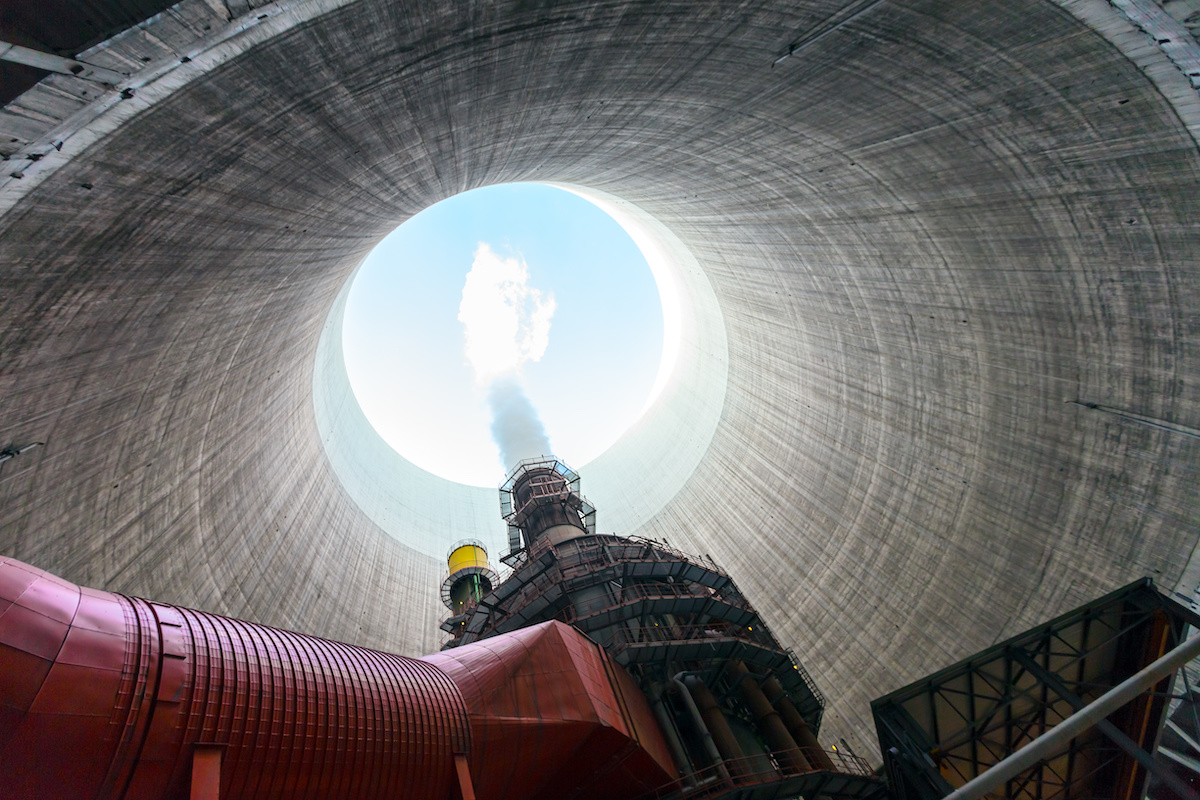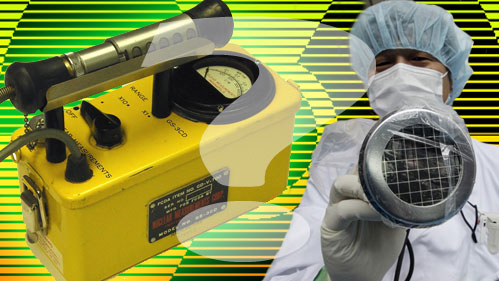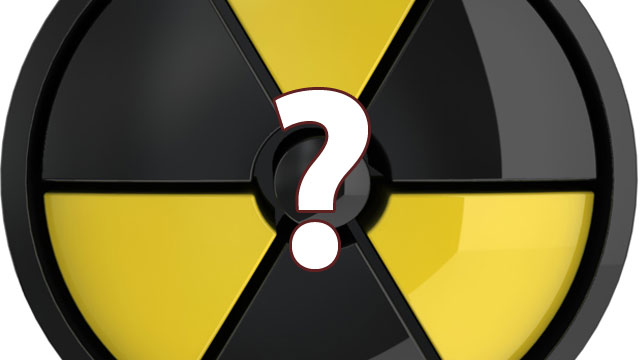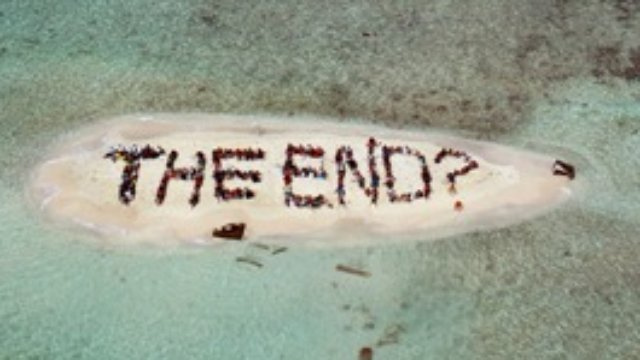How Does Radiation Affect the Body?

What’s the News?
This week Japan raised the severity of the Fukushima meltdown to a 7, the highest on the international scale, and admitted that the total amount of radiation emitted from the still-leaking reactors could ultimately surpass that of Chernobyl. They also disclosed the news that 28 plant workers were exposed to high radiation doses.
What’s the Big Idea?
Four different types of radiation are emitted during a nuclear accident like the Fukushima meltdown: iodine, cesium, strontium, and potassium. Physicist Michio Kaku, spoke with Big Think this week about these different types of radiation and the effect each one has on the human body. Like Chernobyl, he said, the main problem has been radioactive iodine: “That’s why people have been taking potassium iodide pills—to flood the thyroid glands.” But potassium iodide pills are not “radiation pills,” he added. They protect against just one byproduct—iodine 131—not against cesium, strontium, or the extremely dangerous plutonium.
Below are these four different radioactive isotopes, their half-lives, and the types of cancer with which they are most often associated.
Iodine-131
Half Life: 8 Days
Site of concentration: Thyroid Gland
Linked to: Thyroid Cancer
Strontium-90
Half Life: 29 years
Site of concentration: Bone marrow (including, teeth)
Linked to: Bone cancer and leukemia
Cesium-137
Half Life: 30 years
Site of Concentration: Equal distribution throughout body, though eliminated fairly rapidly through the urine.
Linked to: Solid tumors, i.e. liver, kidney, and pancreas cancers.
Plutonium-239
Half Life: 24,000 years
Site of Concentration: Lungs and other organs
Linked to: Lung cancer
Takeaway:
You already have a bit of Chernobyl in you, and soon you’ll probably have some of Fukushima in you as well. “When the Chernobyl accident happened some of the iodine went around the world several times,” says Kaku. “In fact, you, I, everyone—we all have a piece of Chernobyl in our body, but it’s microscopic, therefore, not dangerous.” People in North America probably have little to fear from Fukushima, but some experts forecast that up to 200,000 in the surrounding areas may die from an increase in cancer over the next 50 years.
